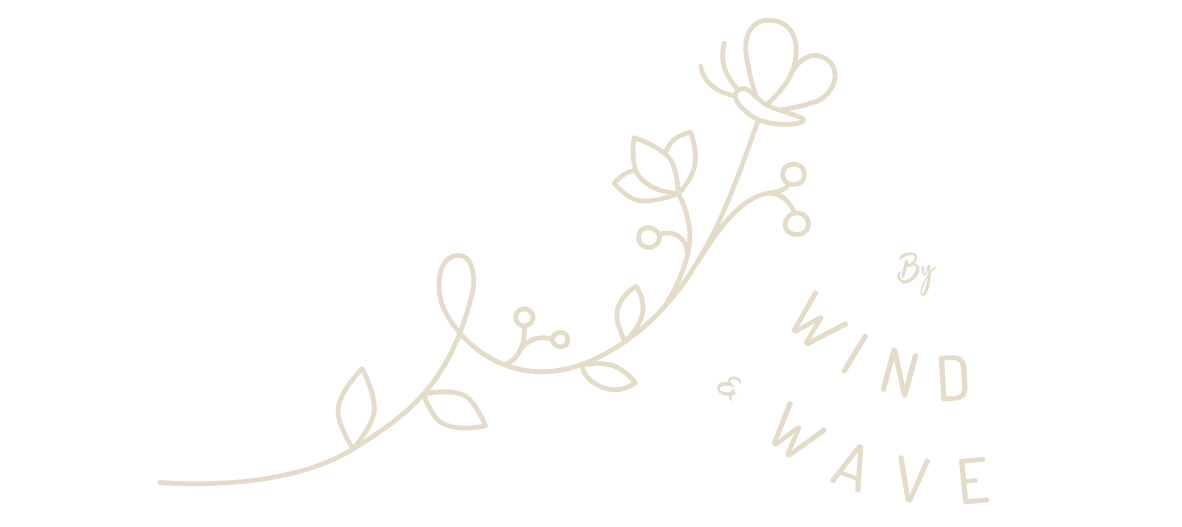Our lime tree is no stranger to feathered and winged visitors but lately, we’ve had our first resident birds – the yellow-vented bulbul! A few observations:
1. They are much more skittish than the spotted doves which have built a nest in another side of the balcony garden
2. They are fantastic weavers
3. They sing a lot!
The eggs have hatched and here’s a short video of the chick(s). Do you see 1 or 2 of them?
Stacking functions is a significant element in permaculture design, and it ties in so well with the therapeutic benefits we facilitate in therapeutic horticulture and horticultural therapy. Plants are not grown just “for fun” or to serve only one function of, say, providing food. Here, the lime tree provides shelter for the birds, serves as a host plant for butterflies, produces fruit, creates a canopy for shade-loving plants, and offers multiple opportunities for experiencing awe.
“Awe engages five processes—shifts in neurophysiology, a diminished focus on the self, increased prosocial relationality, greater social integration, and a heightened sense of meaning—that benefit well-being (Monroy & Keltner, 2022, p.309).” Cultivating plants does not have to be a selfish act where only the gardener benefits. The sooner we recognise our interconnectedness with nature, the more we will all benefit.
Monroy, M., & Keltner, D. (2022). Awe as a pathway to mental and physical health. Perspectives on Psychological Science, 18(2), 309–320. https://doi.org/10.1177/17456916221094856
